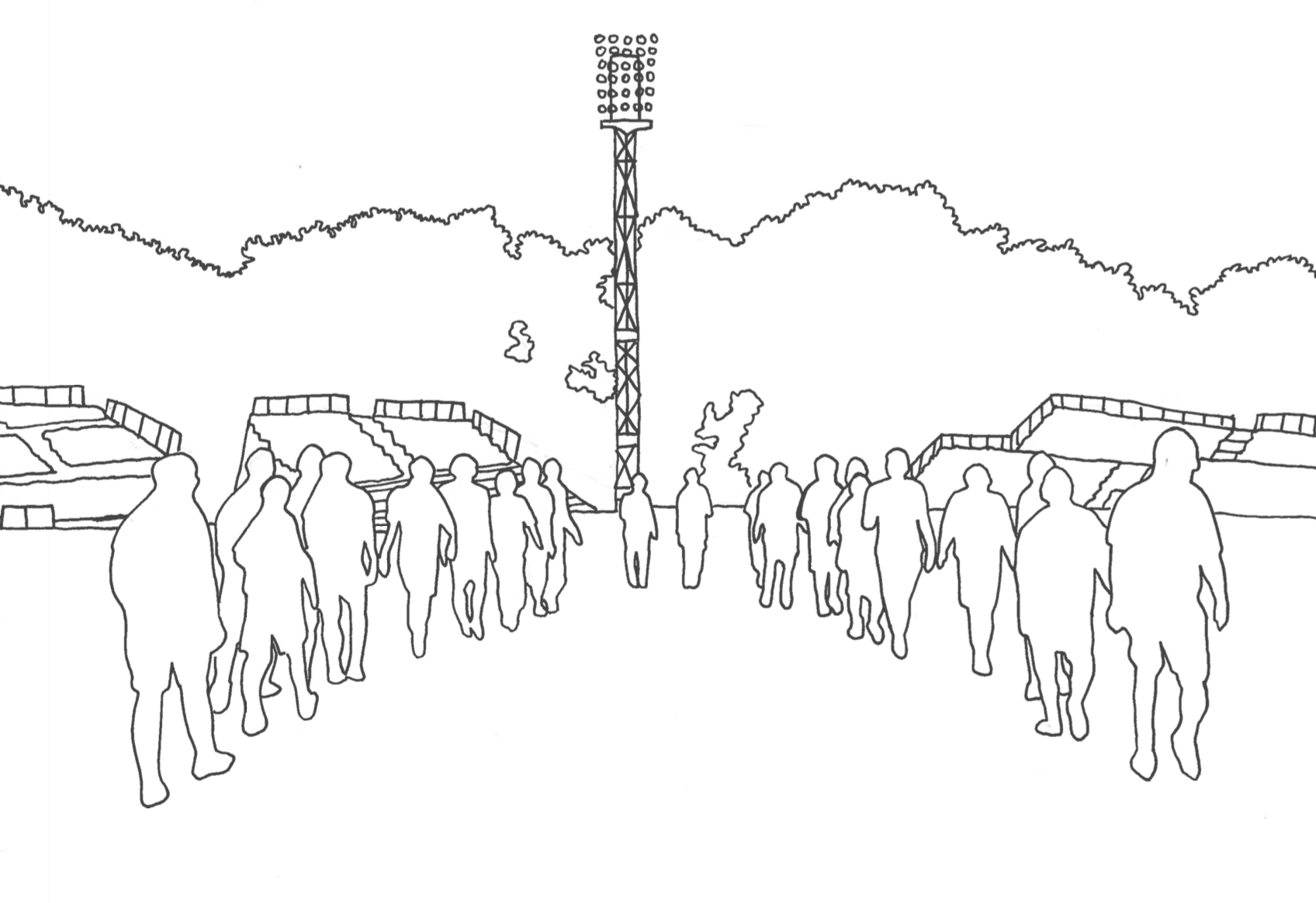“I am available if the Swiss federal prosecutors want to see me again. I arrived calm and remain calm as I leave.” These were the words uttered by soccer team Paris-Saint-Germain’s (PSG) president and Qatar Sports Investment chairman Nasser Al-Khelaifi on the way out of his hearing in Berne, Switzerland on Wednesday October 25. This seven-hour hearing was the consequence of recent bribery allegations involving himself and the Qatari-owned beIN Media group, a prominent sports broadcaster of which he is the chairman and CEO. Al-Khelaifi is suspected to have criminally bribed former Fédération Internationale de Football Association (FIFA) secretary general Jérôme Valcke in order to buy the TV rights for the 2026 and 2030 soccer World Cups.
This recent scandal served as a reminder of the unsettling truths surrounding Qatar’s involvement in soccer over the past few years. Since FIFA’s highly contested decision to elect Qatar as the host country for the 2022 World Cup, Qatar has been involved in numerous controversies surrounding the organization of the event.
The country is expected to spend more than $220 billion in order to host the World Cup. It is also expected to recruit more than 500,000 foreign workers to aid with the construction of stadiums and other facilities. This comprises nearly twenty per cent of its total population. Qatar’s treatment of its workers, however, remains a source of major criticism.
In 2016, Amnesty International dubbed the 2022 event the “Qatar World Cup of Shame” due to the country’s mistreatment of its 1.4 million migrant workers. Between 2011 and 2013, the death toll of workers building Qatari world cup infrastructure surpassed 1,800. It is predicted that more than 4,000 migrant workers will die for Qatar’s World Cup. In comparison, only two workers died during the preparation of the 2010 World Cup in South Africa. These poor conditions are in part due to the legacy of Qatar’s kafala system, or sponsorship system, which requires migrant workers to have a sponsor within the country in order to work. These “sponsors” essentially own the worker, and decide when the worker can work, leave, or earn money. Although Qatar reformed its labour laws in 2016, working conditions still remain unbearable and in line with the former kafala system.
The majority of migrants coming to the country are in pursuit of higher wages and better living conditions. It is estimated that 60 per cent of Qatar’s migrants are Indian and Nepalese. Other prominent countries of origin include Pakistan and Bangladesh. Most workers are recruited by agents in their home countries. They are promised higher wages and a better life for themselves and their families. Recruitment fees range from $500USD to $4,300, while salaries are on average only $200 per month. Since 2010, there have been countless testimonies of workers detailing the conditions they face in Qatar.
Many have talked about their salaries being halved, or even withheld completely for several months. Most often, this is a problem with recruitment agents, as migrants cannot pay off the debt they face due to the high recruitment fees. Working conditions are also appalling, and generally not in accordance with even Qatari labour laws. Typically, migrants are forced to work more than fifteen hours a day in the sweltering heat, and are not allowed to leave the camp premises. When complaints arise, managers are known to confiscate the passports and ID cards which allow migrants to work in Qatar. Without them, workers are at risk of being imprisoned or sent back to their country with nothing. Managers are also known to extend contracts without the consent of workers, virtually binding them for up to five more years.
Although labour laws have been updated this past summer to fix some of these problems, the Qatari government still hasn’t created a system to hold managers accountable for any violations that may occur. These new laws also still don’t conform with the International Labour Organization’s Domestic Workers Convention, the international treaty on domestic workers’ rights.
Also concerning is the fact that Qatari officials have been linked to a string of corruption scandals involving highly ranked members of FIFA’s executive committee. In December 2012, Mohamed bin Hammam, previously the president of the Asian Football Confederation, was banned from football-related activities for life. He was found guilty of “repeated violations” of the FIFA ethics code while serving the FIFA executive committee between 2008 and 2011. A 2014 report by the Sunday Times found that, amongst other violations, there was evidence that he had made payments worth more than $5 million to FIFA executive members voting in the 2010 ballot which elected Qatar as host for the 2022 World Cup. Ten days before the controversial ballot, soon-to-be PSG owner and close friend of Khelaifi Tamim bin Hamad al-Thani was seen at the Elysée Palace with Michel Platini, one of the executives voting, and Nicholas Sarkozy, the French president at the time and long-standing Paris-Saint-Germain fan. Shortly after, Paris Saint-Germain (PSG) was purchased by Qatar Sports Investments, and the beIN Media group started making significant investments to broadcast some of the most prominent leagues around Europe such as the Spanish La Liga, the German Bundesliga, and the French Ligue 1.
The corruption scandals involving the World Cup have already had numerous repercussions on the FIFA executive committee that gave Qatar the World Cup in 2010. More than half have been punished or accused of corruption, while its two most prominent figures (Sepp Blatter and Michel Platini) have been banned from all football-related activities for six years. It remains to be seen if the 2022 World Cup will be the source of more scandals, but Al-Khelaifi’s recent trip to Switzerland proved that the controversy surrounding Qatari involvement in soccer, a sport the whole world cherishes, might not end just yet. PSG’s recent signings of Neymar Jr. and Kylian Mbappé for more than $400 million over two years hint that the real battles may move away from the field and towards the question of financial fair play.

